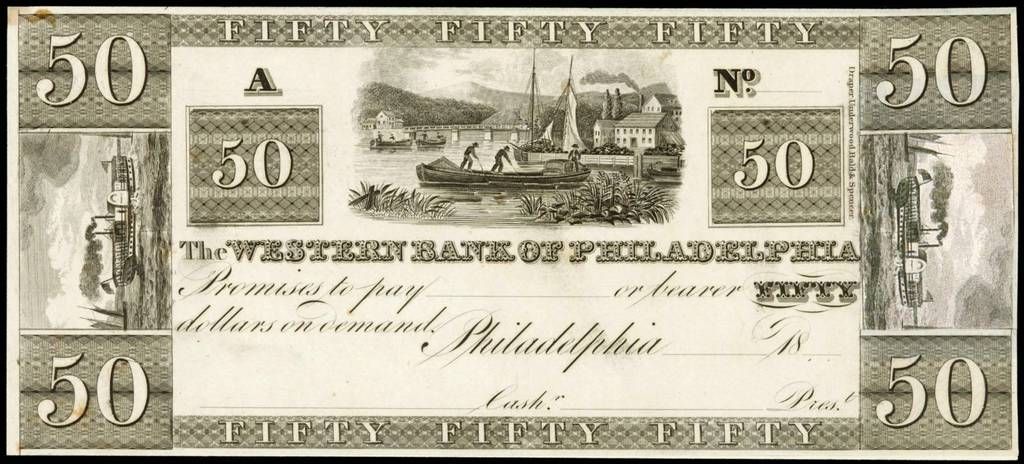What is special about this unique obsolete proof?
Do you see anything odd/strange about this nice proof? There was only one of these in the 1990 Christies auction.


Bernie
Always looking for material from the Niagara river region.
0
Comments
Somehow I think that Berny has spotted something else.
vertical boats?
That just tells you that the steamboat can go both upstream and downstream.
Bernie
Always looking for material from the Niagara river region.
Well it probably wont help me but I am looking forward to being educated later...
The only difference that I see in the two is that the remainder has "Printed by ? Rogers?" along the left inner margin... so, perhaps the proof was missing this...
The remainder isn't helping except for telling us that it isn't something particular to the proof example and not the remainder.
Yes, the Rogers imprint isn't on the original proof note but Berny didn't ask what the difference was between the two.
The remainder isn't helping except for telling us that it isn't something particular to the proof example and not the remainder.
The proof itself tells the story.
The remainder helps to illuminate the story of the proof.
Bernie
Always looking for material from the Niagara river region.
I really have no idea but many of the design elements seem slightly askew from one another... maybe that is just because of a multi step process to create it...
Getting warm!
Bernie
Always looking for material from the Niagara river region.
Bernie
Always looking for material from the Niagara river region.
Your scan makes it look like the ship on the right was pieced together with its grey background extending under the 50 counter above and below..? Also from your scan the ships look different, one being lighter and the other darker... I do not know what that may indicate if anything...
I still don't know but I appreciate the education from all...
Your scan makes it look like the ship on the right was pieced together with its grey background extending under the 50 counter above and below..? Also from your scan the ships look different, one being lighter and the other darker... I do not know what that may indicate if anything...
Do these help?
Bernie
Always looking for material from the Niagara river region.
The difference in color is much more evident on the second image of the proof that Berny posted, and conclusive in the close up of the vignette.
In hand the note looks pretty nice. Most of you did not seem to see the problem in the scan. The right vignette is darker (blacker) than the rest of the note. The xeroxed vignette was inserted (and glued) to the mounting card. As TigerTrader indicated this insertion was not perfect. Running your finger over the xeroxed vignette, one can easily tell that it is not engraved. The xeroxed vignette is also thinner than the rest of the proof, which your fingers can feel. The high resolution scans reveal the "dot" aspects of the xerox copy over the line engravings.
In this case there are some known issued notes and remainders. For other cases, the damaged proof might be the only note of its kind! Many times these proofs sell for around $100. Sometimes we pay more than $100 for just a vignette.
So how do you feel about this type of restoration? Would you buy one?
We have discussed similar cases of redrawn edges and repaired notes.
Bernie
Always looking for material from the Niagara river region.
So if I'm understanding your description, there was a piece cut out of the proof and a modern photocopy was glued into its place. I guess the real question is whether it's more desirable in its original state or repaired like this. If I were exhibiting, I think I would leave it, but include an explanation.